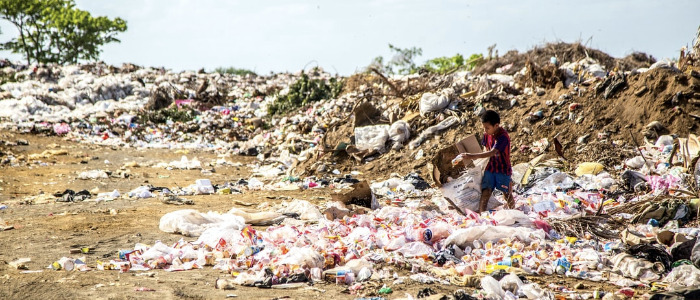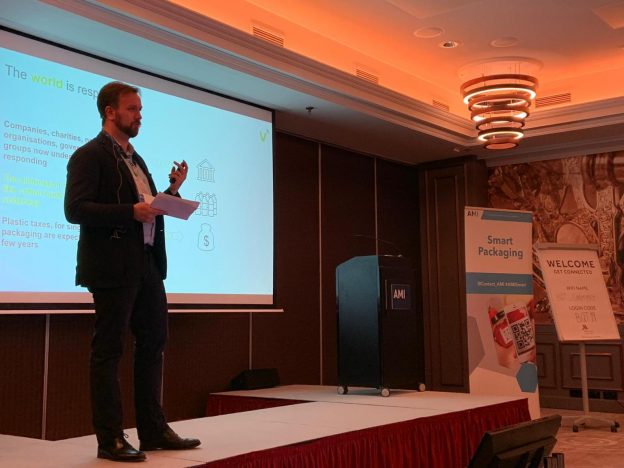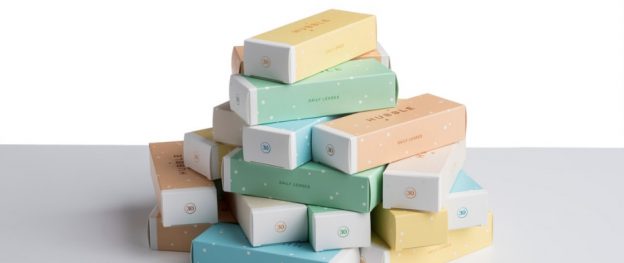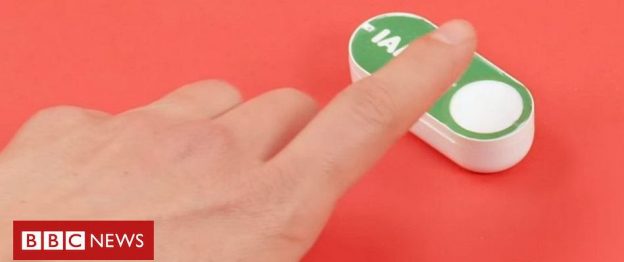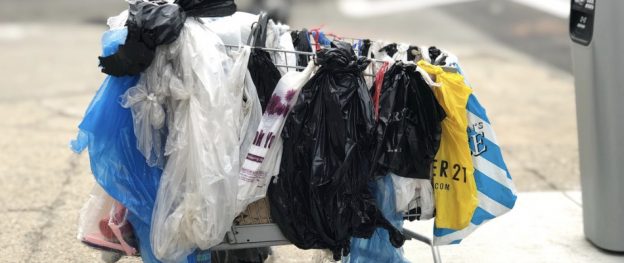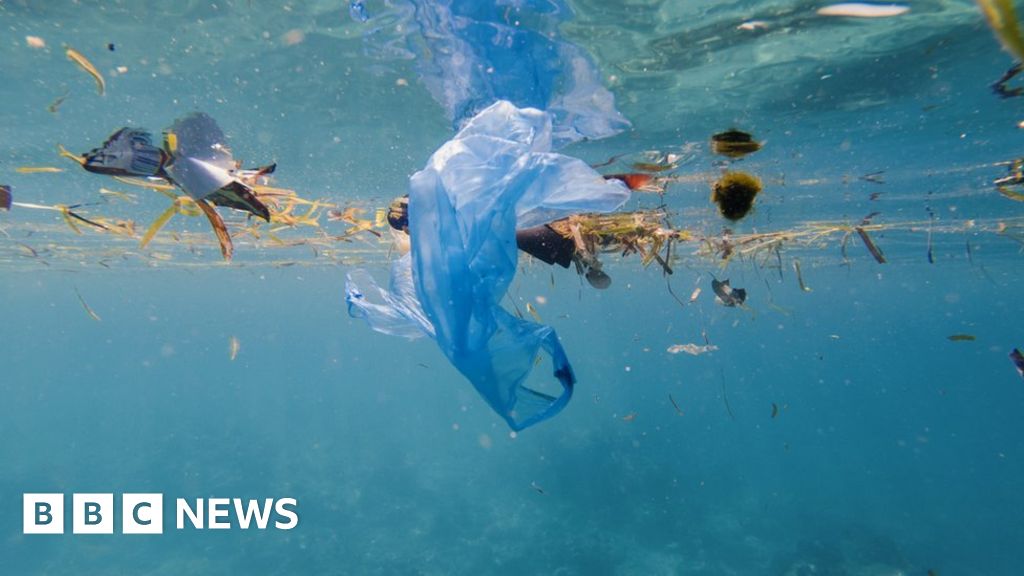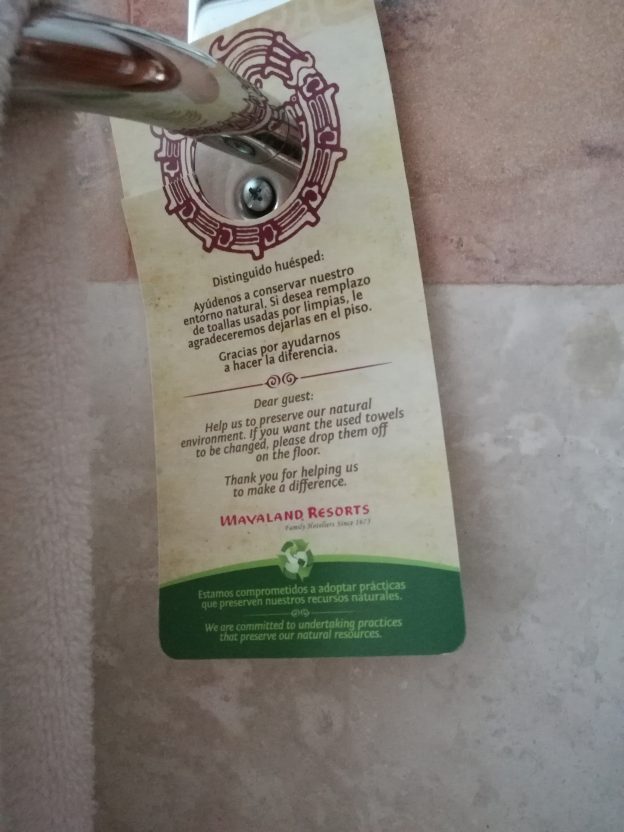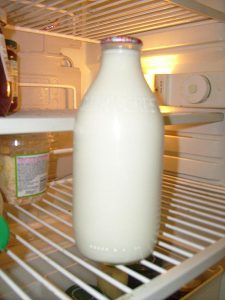Auto replenishment through connected packaging is here. More and more manufacturers and packaging companies are seeing the opportunity to change their business models, using connectivity
and powerful new platform services to make their products into a service. Auto-replenishment
carries many benefits, including the opportunity to increase direct sales, customer loyalty, and in the
case of Vesta Smart Packaging, a proved solution to help reduce the reliance on long life materials
(plastics!) in your packaging, delivering greater sustainability, increased environmental credentials,
enhancing brand value.
There is another benefit, and that’s data. Lots and lots of data.
It has been widely written that “data is the new oil”. It was a catchy expression, and did serve to
highlight the power and value of data in a global and increasingly digitised economy. Like most
catchy sayings though, it was superficial and falls apart quickly under scrutiny.
With reference to packaging , one critical way in which data is decidedly not the new oil is this : data
gets more valuable the more you use it.
There is no limit on how often you can use data or for how long. At the most basic level you can start
to ask questions not possible until now, and historical tracked data sets also have predictive power
that gets better and better the more data you have. Imagine how your business might be
transformed if you knew :
- Who are my customers?
- Which products do they have and how much?
- When will they run out?
Yet we can move past the basics quickly. The more you use data, the more valuable it gets and even
at Vesta, and the data from Vesta packaging supports innovation in several key areas:
- Personalisation – what do your customers like to use as individuals
- Adherence – help your customers use your products well
- Efficiency – how can your customers get the most from your products
Not all auto-replenishment will be created equal, so what should you look when looking for your
auto-replenishment partner? How their offering satisfies these questions could make the difference
- Who retains exclusive ownership of the data?
- Who has direct and ongoing access to the customer?
Vesta gives you both of these, as well being your partner for our primary objective. We work to
support your transition away from long life packaging by making your supply chain more efficient. If
you’d like to know more about how – get in touch at info@vestapack.com or message me directly
through LinkedIn.


